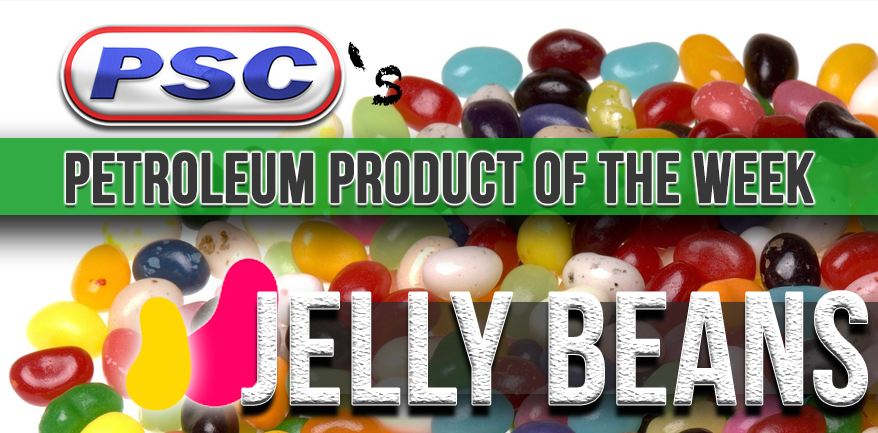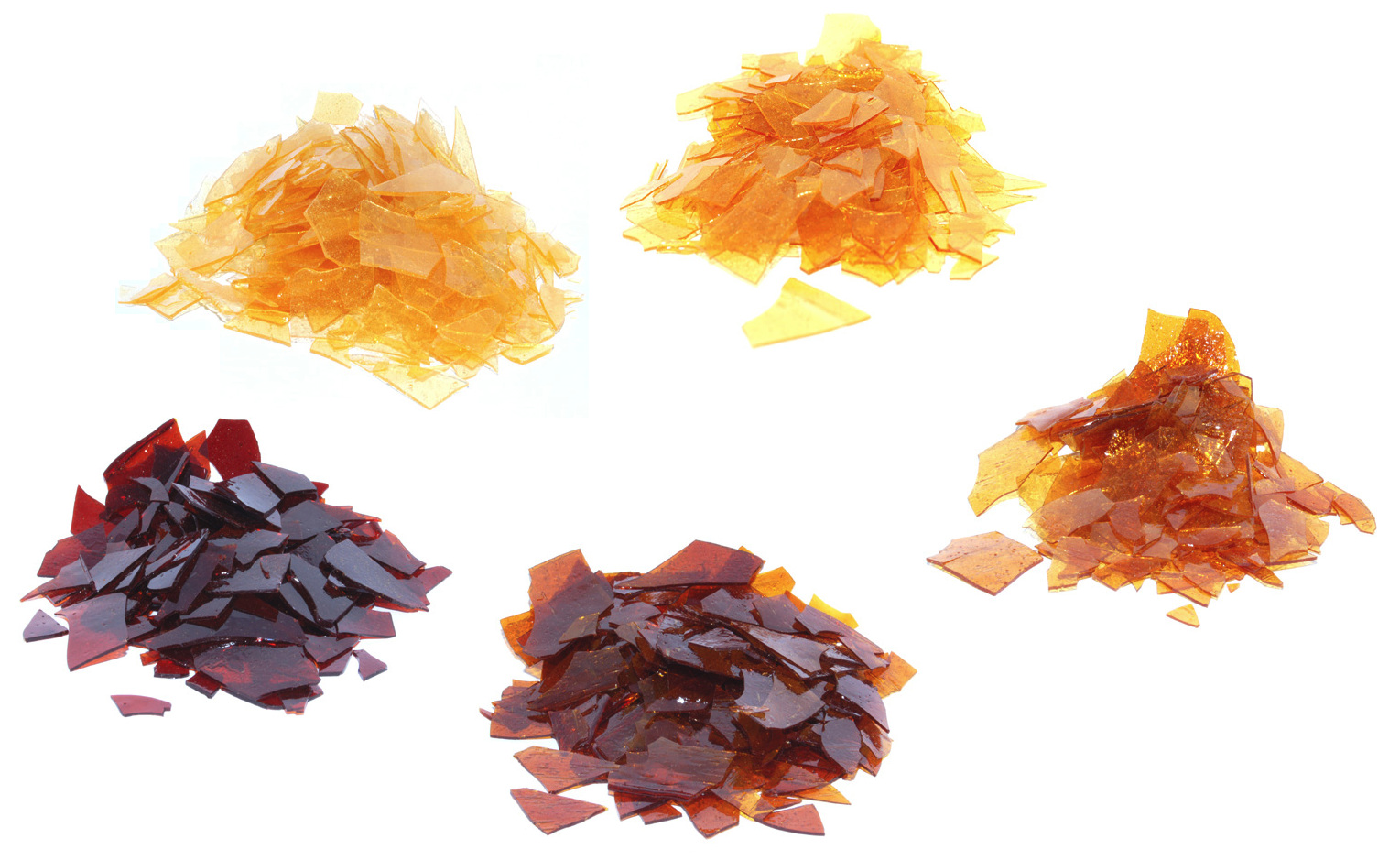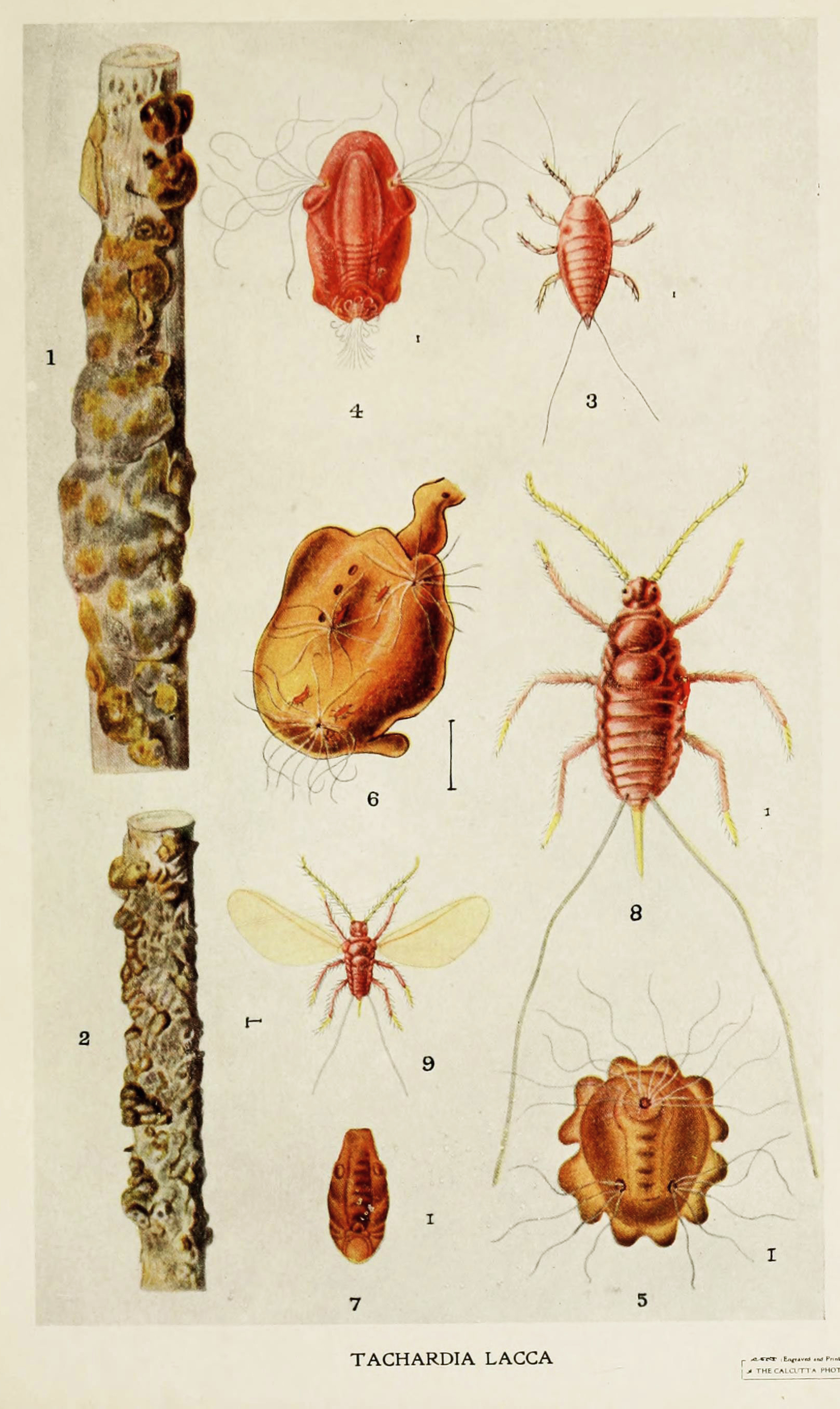Petroleum Product of the Week: Jelly Beans
By on Aug 12 2016

Jelly beans are a pretty divisive candy.
Some love them and others just really hate the licorice ones.
There are so many possible options in a freshly-opened bag of jelly beans that it almost obstructs the notion of free will; no matter what choice you make, you will always end up with a few cinnamon (and yes, the few that are missing were mistaken for cherry), a couple more buttered popcorn, and a butt-load of black licorice.

Still, we respect jelly beans for sticking true to their guns.
Jelly beans have likely been manufactured since the early days of the American Civil War. A confectioner named William Schrafft was being a real busybody strongly insisting to anyone that crossed his path that his jelly beans were the bee's knees and the best possible snack to send to loved ones at war.
As it seems, Schrafft's efforts were noted but were not altogether successful (we imagine he ticked a few people off). It took over forty years for the humble jelly bean to emerge into the American consciousness. In 1905, the Chicago Daily News published an advertisement that was offering jelly beans for nine cents a pound not too shabby. Over the years, historians believe that jelly beans were linked with Easter due to their egg-shape and bright colors. Since the 1930s, these little beans have been doing pretty well for themselves.
Now, I know what you came here for don't worry: jelly beans do not contain crude oil; nor do they contain mineral oil, synthetic oil, or anything else that seems unappetizing and is derived from petroleum. Most (but perhaps not all) jelly beans are finished " with a petroleum product, paraffin wax, but unfortunately the unique finishing cocktail does not begin and end with this harmless, edible compound.

Calcutta ;Thacker, Spink & Co., W. Thacker & Co., 2 Creed Lane, London,1909.
http://biodiversitylibrary.org/item/80025
Jelly beans and most shiny candies are finished with a varied mixture of compounds known as a pharmaceutical glaze or food-grade glaze, which often contains a bit of paraffin wax to prevent stickiness and contribute to the shine. It's the same stuff that provides a coating to certain medications and is used widely throughout the food industry; but, curiously, the shocking ingredient in these candies is not the petroleum: it's the shellac.
Do you know what shellac is? I thought it was more-or-less interchangeable with polyurethane stain, but, boy, was I wrong.
Okay, so there's these bugs, called lac bugs.
The female lac bugs excrete shellac; don't ask me where from, exactly. I've not been able to/have partially avoided digging deeper on that subject. The sticky substance is harvested (via an equally elusive technique) pressed into flat sheets, dried, and hardens into a fragile, plastic-y sheet. Sometimes, the bugs get mixed into the shellac, by default ...and by sometimes I mean often.
This product may then be dissolved in denatured alcohol to make liquid shellac ". While that all sounds like a big question for your digestion, shellac is generally considered safe to consume in small amounts. Lac bugs are most commonly found in India, and shellac production is a big business there: as big as it is weird, in fact.
So, if you ever wanted to provide that extra bit of shine to your homemade confections, you know where to go.
Mmmm. Tasty.
SOURCES
https://food-additive.wikispaces.com/12-6+The+Issue+Of+Shellac
https://en.wikipedia.org/wiki/Pharmaceutical_glaze
https://en.wikipedia.org/wiki/Shellac
https://en.wikipedia.org/wiki/Jelly_bean






